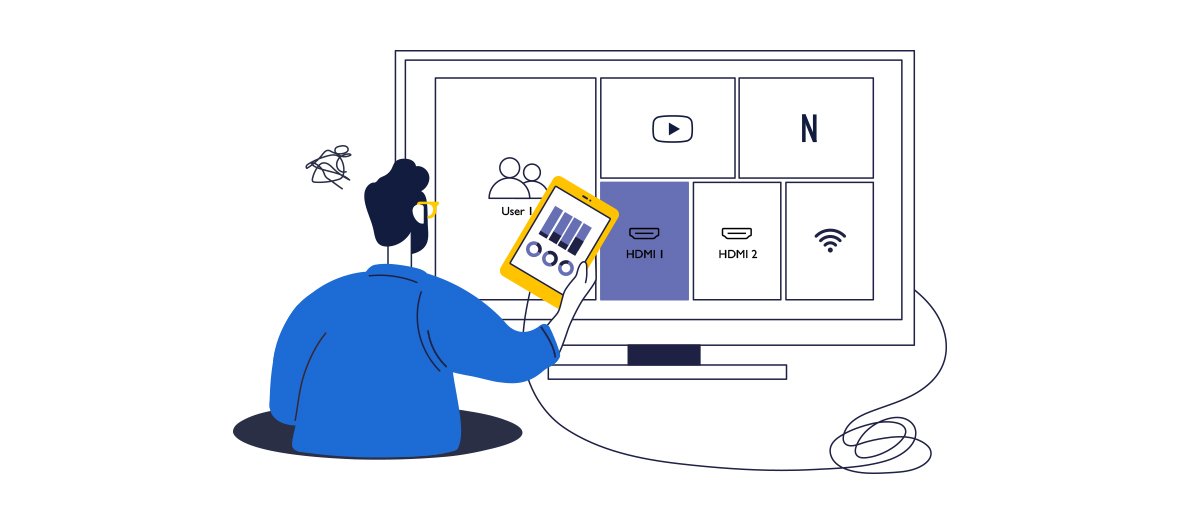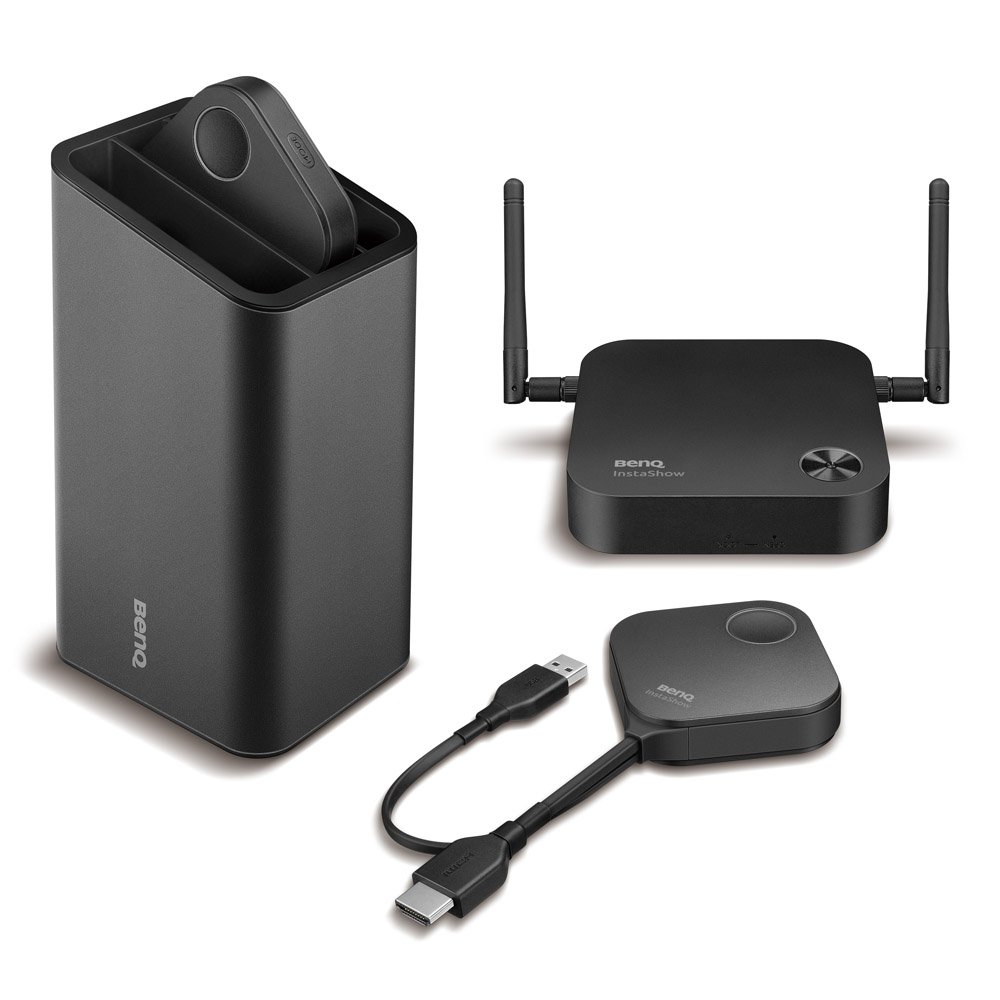How to Connect to a TV without Apple TV® Streaming Box?
- BenQ
- 2024-02-26

Showing content from your iPad® tablet on a TV is easy if you have an Apple TV or a TV that supports AirPlay®. If you don’t have an Apple TV, here are a few alternative ways for you to share your photos and videos on any TV.
Use an HDMI Cable

The simplest way to connect your iPad to a TV is by using an HDMI cable. With a $69 Apple Digital AV Adapter you can connect any TV to show movies and photos from your iPad.
You simply connect one end of the HDMI cable to your TV.- Then, connect the adapter to another end of the cable and plug it into your iPad.
- Your iPad will handle all HDCP authentication for you to play your iTunes movies on your TV.
While this is a simple approach, it does have its drawbacks, especially for collaborative spaces. Stringing a long HDMI cable to your TV across the floor is messy and a potential safety hazard in an office or classroom.
If you want to regularly share content from your iPad at work, then consider that the cost of adding or hiding cables to support more devices can be really high. Read more about why cables are actually more expensive than wireless solutions.
Connect Wirelessly
The best alternative to stringing cables is a system that allows you to wirelessly mirror your screen on a bigger display such as a projector, TV, or an interactive display. If you don’t have an Apple TV, you can connect your iPad to a TV wirelessly in two ways based on your environment:
- Connect with Google Chromecast
- Connect with a wireless presentation system
Connect Wirelessly at Home with Google Chromecast
For home use, Chromecast is a great Apple TV alternative for consumers to wirelessly connect iPads to a TV. Instead of using AirPlay with an Apple TV, you just need to set up your Chromecast dongle with your TV and then upload the Chromecast app onto your iPad, available from the App Store.
While a great solution for home, you want to think twice about using Google Chromecast in a meeting room or collaboration space. Why? Wireless transmissions in a corporate setting need to be protected from unauthorized access. Imagine if your confidential product roadmap presentation was recorded and sent to your competitors. You can read here about why Google Chromecast might not be suitable for collaborative spaces.
Connect in the Office with a Wireless Presentation System
If you want to share content from your iPad in a work environment, you should consider wireless presentation systems that are designed for business and not just for home use. Here are the three reasons why you want a wireless system built for meeting rooms.
1. Fast and easy connection
A wireless presentation system helps a meeting start on time and stay on schedule effectively. Companies like Toyota use wireless presentation systems to eliminate the sharing of cables and enable effective collaboration regardless of where everyone sits.
2. Compatible with more types of devices
Secondly, most company meeting rooms regularly host vendors, visitors, customers, and others who bring their own devices and have information to share. Therefore, you need a wireless presentation system that anyone can use without the hassle of downloading software or apps, and that works with Mac®, Linux, Windows, iOS, and Android to cover everything from laptops to phones and tablets.
3. Enhanced data transmission security
Finally, the best devices are equipped with enterprise-level data protection and security. InstaShow WDC30 even has 128-bit AES encryption and WPA3 authentication. This guarantees that when your presentation is wirelessly transmitted to a display, no unauthorized persons will be accessing the transmission to snoop on and record your company secrets.
Consider InstaShow for Your Collaboration Space
InstaShow from BenQ is a wireless presentation system that allows you to safely share data in meeting rooms or huddle spaces. It is very simple to install and use with no driver, no app, and no special network configuration needed. Security-minded users will appreciate every transmission being encrypted and that the product has been tested and certified against known threats. You can learn more about wireless presentation security here.
InstaShow works with laptops, iPads, smartphones, and even Linux devices such as Raspberry Pi to make it easy for anyone to share their screen in a meeting. Multiple presenters can connect at the same time and up to 8 participants can show their data simultaneously while keeping your data secure from eavesdropping.
